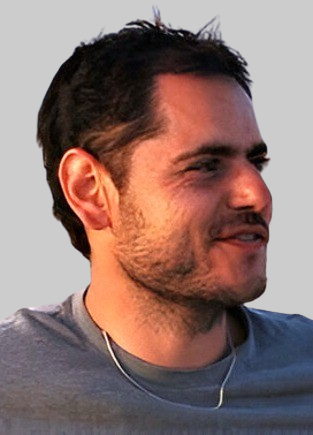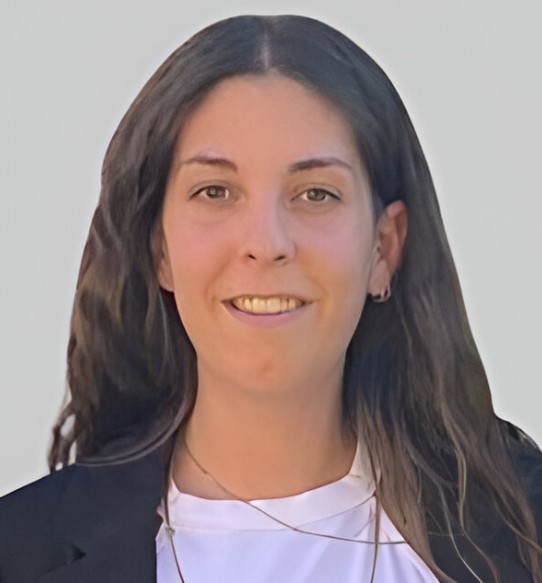

Dr Paolo Perna is Senior Researcher and coordinator of the “SpinOrbitronics” research line at IMDEA Nanociencia, and is responsible of Laboratorio de Nanomagnetismo (Red+Lab282). Dr. Perna holds two PhD titles, in Physics and in Material Science (2008). From 2019, he is certified as Full Professor of Theoretical Physics of Matter and Associate Professor of Experimental Physics of Matter by Italian ASN (Abilitazione Scientifica Nazionale). He holds Certification I3 [I3/2021/1021, total score 10/10) by Ministerio de Universidades, Spain.

Alba Guio began her PhD in the SpinOrbitronics group in December 2023. She studied Physics and a Master in Nanoscience and advanced materials at Universidad Complutense de Madrid. Her current research is focused on studying the interfacial interactions due to spin-orbit coupling in heterostructures combining ferromagnetic, heavy metal, two dimensional and ferroelectric materials with the aim of tuning magnetic interactions with electric fields.